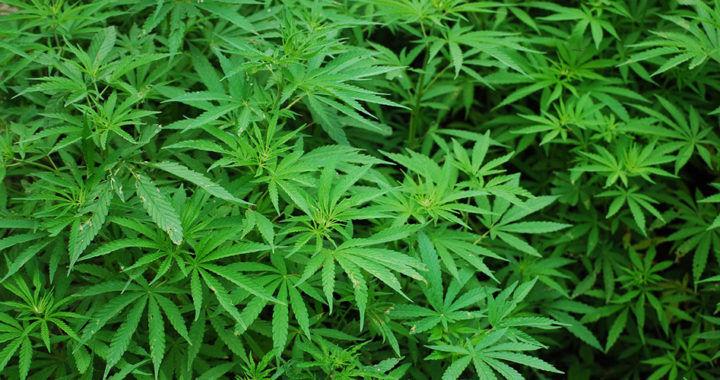There is still some confusion about the difference between marijuana and hemp. Some articles and other literature have mentioned these two interchangeably. This confusion is inevitable and somewhat understandable because the two plants generally look the same. Both marijuana and hemp are somewhat similar because they both are part of the Cannabis genus and the Cannabaceae family of small flowering plants. It is still important to highlight the fact that both are different species with different properties and applications.
What is the Difference Between Marijuana and Hemp?
1. Taxonomical Classification
Scientific classification through taxonomy essentially spells the primary similarity between marijuana and hemp. Remember that both are part of the genus Cannabis and the same Cannabaceae family. They are not two different pant species. Both are essentially varieties of the same Cannabis sativa. The main difference between them is not a taxonomic distinction at the species level
Marijuana is the general term used for any strains and varieties of plants belonging to the species of Cannabis sativa and Cannabis indica. This term specifically refers to cannabis plants that have high levels of tetrahydrocannabinol or THC. Note that THC is a compound with psychoactive effects. Marijuana is cultivated and consumed for these psychoactive effects.
Strains and varieties of Cannabis sativa with low THC content are generally called hemp or industrial hemp. These cannabis plants are grown and traded for their various industrial and commercial or end user applications. There are thriving hemp industries in different parts of the world. The legal and functional distinction based on chemical composition sets it apart from marijuana.
2. Phytochemical Composition
Both marijuana and hemp contain the psychoactive compound THC. Hemp has a lower concentration of not more than 0.3 percent. It is also important to underscore the fact that hemp has higher concentrations of the non-psychoactive compound cannabidiol than marijuana.
Take note that THC is the principal psychoactive component of the cannabis plant. It becomes potent when the plan is heated or undergo some heating. This compound is responsible for inducing psychoactive reactions associated with recreational marijuana.
Cannabidiol does not have the same psychoactivity as THC. It is interesting to note that its higher concentration even decreases or eliminates the effectiveness of THC. This is the reason why using hemp similar to recreational marijuana does not yield a similar result.
3. Physical Appearance
Another difference between marijuana and hemp is their physical appearance. For example, to the untrained eye, both seem to look the same because of their prominent leaf arrangement. The two actually have striking dissimilarities when placed side by side.
Marijuana characteristically has broader leaves and dense buds while hemp has longer and slender leaves that are concentrated toward the top of the plant. Marijuana also has a shorter and bushier appearance while hemp grows taller and skinnier with fewer branches.
The cultivation of marijuana also differs from hemp. Marijuana plants need around six feet of spaces between them. These plans also thrive in a warm and humid climate. Hemp plants can grow in close proximity together and with other crops in a variety of different climates.
4. Uses and Commercial Applications
Marijuana has grown notoriety for its recreational use through various preparations. These include smoking the dried leaves and buds, vaporization, inclusion with cooked food, or ingestion of its extract. Remember that its THC content induces psychoactive reactions. There are countries that allow its recreational use. It is still considered a controlled substance in some countries.
Common psychoactive reactions from recreational marijuana include change in perception, elevated mood, and increase in appetite. Several albeit limited studies have also investigated the medicinal properties of marijuana. These include alleviating chemotherapy-induced nausea and vomiting, pain management, and possible effects in addressing neurological problems.
Hemp has versatile industrial and commercial applications. It is one of the first plants to be spun into usable fiber. It also has been processed into a composite material used in construction. Hemp seeds have been used as a food due to its nutritional profile that is high in protein, dietary fiber, and minerals like manganese, phosphorus, magnesium, and zinc.
